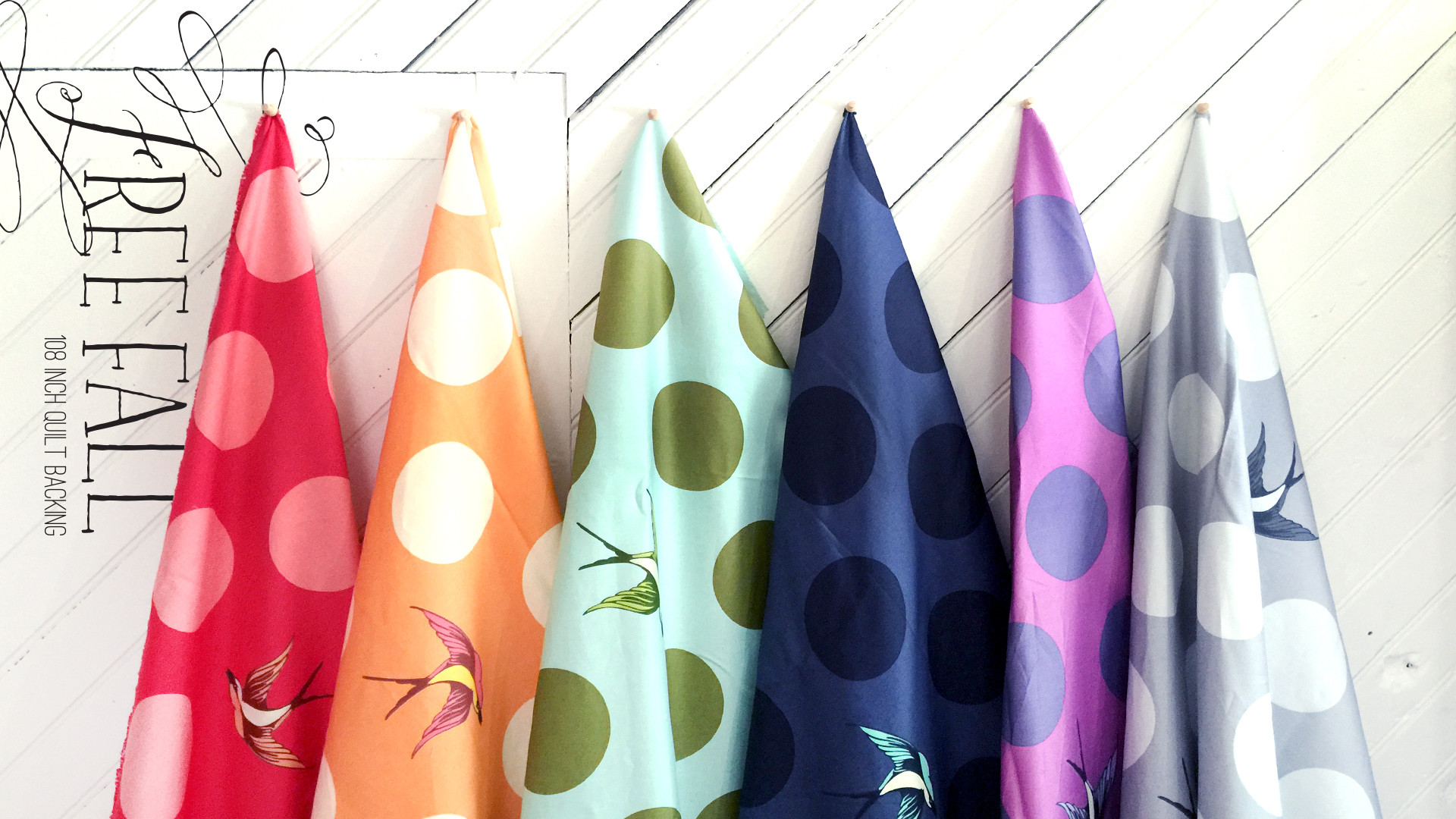
Felt crafts can be a wonderful way to get your kids excited about creativity. You can make them year-round from many different materials. You will find felt crafts enjoyable for both adults and children. They are simple to make and can be personalized with any color and/or pattern. You can choose from many craft kits to create these great projects. These craft kits are available in a range of shops. Some of them come with templates so that you can immediately start your project.
If you want to create a fun craft for your child, consider trying out clay. It's an excellent way to increase your child's creativity, fine motor skills, as well as a lot of enjoyment. There are many types of clay that can be used to make many things. You can also make tiny things with clay, such as faces and animals. Clay is fun for older kids to make, and they'll enjoy learning how it works.

It is worth giving painting by numbers a shot if you haven't done it before. This is a great beginner craft, and it will help you to recreate beautiful works of art. Paint by numbers comes with everything you need for these projects.
Felt crafts can be fun to make. You can find felt patterns that correspond with different animals, colors and even trees. Certain patterns will require particular yarns, so it is important to ensure you have the right materials. You can also use Cricut Maker to cut felt faster.
Decoupage glue is a good choice if you're making an ornament that lasts longer than a few weeks. This will make it easier to clean and give your ornament a shiny look. Acrylic paint can also be used for painting projects. It is fast drying. To create the pupil in your eye, you can use a paint pen. You can also use alcohol inks and glitters to make your eyes sparkle.
Making a fun craft with your child can be done by sewing. Sewing allows you to reuse any fabric you already have, and it's a great way to save money. It is also good for our environment. You can make an adorable child's dress from an old adult shirt or personalize kid's t shirts.

Although felt crafts can be fun, they're not difficult. A lot of times, you will only need a crochet hook and some yarn to make a unique ornament. It is possible to use different colored felt for making flowers. For best results, make sure you pick the right size hook. A hook too big will make working with the yarn difficult, and you'll end up with limp-looking stitches.
FAQ
How do I find a hobby to pursue?
You might feel as though you don't have a choice when you first start your quest for a hobby.
You're likely thinking, "I can't be very artistic" or "I have no idea what I'm doing."
But the truth is, you probably already have a lot of experience to draw upon when looking for a hobby.
It's just not something you're aware of.
Take a look around your house. How much stuff do you own?
Do you have any toys from the past?
Maybe you have a collection of books or magazines.
Maybe you've always wanted to learn how to cook.
Or maybe you'd really like to start playing guitar again.
It doesn't matter what it is, you can probably turn it into a hobby.
The secret is to remember that you already have plenty to draw on.
Once you do that, you can choose a hobby to fit your life.
What are observation hobbies?
Observation hobbies are activities where you observe people doing what they do. This could be watching sports, reading books or going on holiday. It could also involve observing others.
Because they teach you how to think creatively, observation hobbies are great. You can draw on this knowledge later, when you work on projects for others.
You'll discover that it's easier to learn if there's a passion for something.
For example, if you want to know more about football, you may watch a game or read a book about it. To learn more about photography, it is possible to visit and take photos.
If you like to play music, you can either learn the songs online or get a guitar.
You could also choose to cook at home or go to restaurants if you are a good cook.
If gardening interests you, you could plant vegetables or flowers.
If you like dancing, you could join a dance class or go out with friends.
If you enjoy painting, you might paint pictures.
If you like writing, you could write stories or poems.
You can draw pictures if your passion is drawing.
You could work as a caretaker or keeper at a zoo if you are passionate about animals.
If you like science, you could study biology, chemistry, physics or maths.
History is something you might enjoy if you read books, watch movies, or listen to podcasts.
If you enjoy traveling, you can travel around the world or just explore your own area.
What kinds of hobbies are appropriate for introverts.
Introverts have the ability to focus on one thing at a time. They like solitude activities such as reading and writing, listening to music and watching movies.
They also enjoy spending quiet time alone. However, they don't like socializing all day. In fact, they often find themselves bored when surrounded by people.
This is why introverts choose hobbies that make them feel alone. They might enjoy reading, listening to music or taking photos, painting, writing poetry, and other such activities.
Some introverts will even live alone. They are able to concentrate on their hobby while not being distracted by other activities.
Statistics
- The intensity of the dialogue partners' bond at the end of the forty-five-minute vulnerability interaction was rated as closer than the closest relationship in the lives of 30 percent of similar students. (time.com)
- In comparison, men in the “no humor” condition were refused 84.6% of the time and were only accepted 15.4% of the time. (time.com)
- The Role of the Mind in Sex, Dating, and Love: Men in the “humor” condition received phone numbers from 42.9% of the female participants and were refused 57.1% of the time. (time.com)
- I am 100% biologically a woman (discover.hubpages.com)
- A new survey by Pew Research Center of teens ages 13 to 17 finds that 36% of girls feel tense or nervous about their day every day; 23% of boys say the same. (pewresearch.org)
External Links
How To
How to start gardening
Gardening is one among the oldest forms. It takes patience, persistence, determination, and perseverance. The first step in starting your own garden is choosing a location where you want to grow food. It could be large land, or just your backyard. Next, decide what type of plants you want to grow. Are you more fond of flowers or vegetables? Some people love to grow herbs, while others enjoy raising animals like rabbits. Before you decide on the type of crops you want to plant, it is important to consider the space available. If you live in a region that experiences cold winters then it is possible to grow fruits and berries.
Once you have chosen what you will be planting, you must take some time to prepare your soil. Your plants' success or failure will depend on the soil they are placed in. Organic matter is essential for the health and well-being of your plants. Organic matter is made up of leaves, twigs grass clippings, manure and compost. After you have prepared your soil you must add nutrients. The type of plant you intend to grow will dictate the amount of nutrients you need. An online fertilizer calculator can help you calculate these values. There are many fertilizers available so be sure to know what you are purchasing.
After preparing your soil and adding the proper nutrients, you now need to wait until your seeds germinate. The process typically takes 2 to 3 weeks depending on the weather conditions and temperature in your area. After your seeds sprout, it is important to water them frequently. Overwatering your plants can lead to problems. Avoid overwatering your plants. Overwatering can cause root rot or fungal diseases. Consider that plants generally need less water in the warmer months than they do in winter. Some plants must be dried out after being watered. Tomatoes for instance need to remain slightly moist, but not wet. They are not happy to be in soggy soil. After plants finish flowering, they need to go dormant. The time when plants stop producing new life and store energy for the next season is called dormancy. Dormancy means that the plant stops communicating with its roots about producing food. Plants continue to store energy throughout this period. If temperatures fall below freezing or the plants are not getting enough sunlight, they will die.
You may be limited in what plants you can grow if you live in an urban area. Concrete sidewalks, roads or parking lots can block sunlight from reaching urban areas. Concrete absorbs light which blocks sunlight from reaching the ground below. Many plants can't survive in urban environments due to lack of sunlight. There are many plants that can survive in urban environments. Many trees, shrubs, and perennials can adapt to city living. In addition, many annuals can be grown indoors in containers. Container gardens can be used to grow greenery indoors year-round, no matter what the weather outside.
You're now ready to plant after you have chosen where and what to grow in your garden.